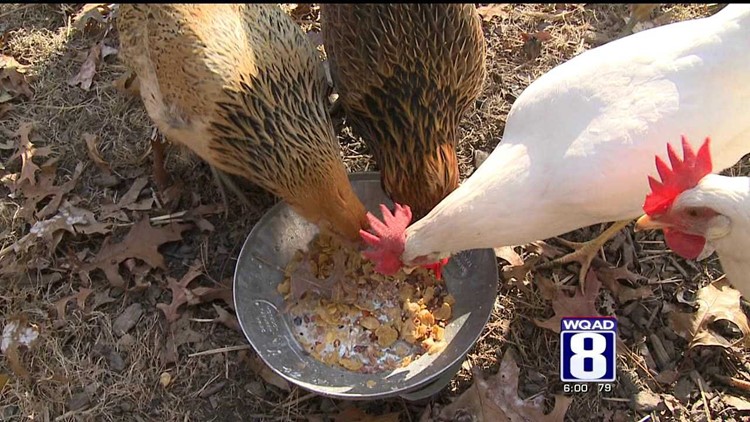Avian influenza continued to spread in Iowa, with probable cases detected in more than 16 million birds in ten counties.
Iowa Governor Terry Branstad declared a state of emergency in the state Friday, May 1, 2015. The declaration makes state resources available as efforts continued to try to contain and stop the spread of bird flu. The state of emergency proclamation was effective beginning May 1 and would continue until 11:59 p.m. May 31 unless terminated or extended by the governor.
Avian influenza H5N2 was confirmed at a commercial turkey flock in Buena Vista County on April 14, affecting a flock of about 27,000 turkeys. In Iowa alone, bird flu had spread to affect 16,496,000 turkeys and chickens at 21 commercial facilities in ten counties.
The industry standard value for a productive laying hen was $1.50 apiece as of March 2015.
In the initial weeks of detection, affected facilities were primarily in counties in northwestern Iowa. A commercial egg operation in Madison County, with a flock of approximately one million birds, was listed as a probable infection site by the Iowa Department of Agriculture website Monday, May 4, 2015.
The virus originates in waterfowl and shorebirds including ducks, geese, swans, gulls, herons, and egrets, the site said, but those wild birds rarely show signs of disease or mortality. Iowa is in the Mississippi flyway migration route which is used by 40% of all waterfowl in North America.
Domestic poultry are very susceptible to the disease after it is spread by direct contact with fecal droppings or respiratory secretions of infected birds. It can be spread by the infected birds directly, or when it is carried on contaminated shoes, clothing, or equipment.
Avian influenza spreads quickly through poultry flocks, killing most or all of a flock in three to 15 days.
Infected flocks are euthanized to help stop the spread of avian influenza. “Carbon Dioxide and Water-based Foam are approved and humane form of euthanasia to asphyxiate poultry,” the Iowa Department of Agriculture website said. The carcasses can then be composted, rendered, incinerated or disposed of through containerized burial or pressurized auto-claving.
Eggs which are pasteurized, by heating them to 133 degrees for at least 60 minutes, are deemed “safe to enter the food system.”



